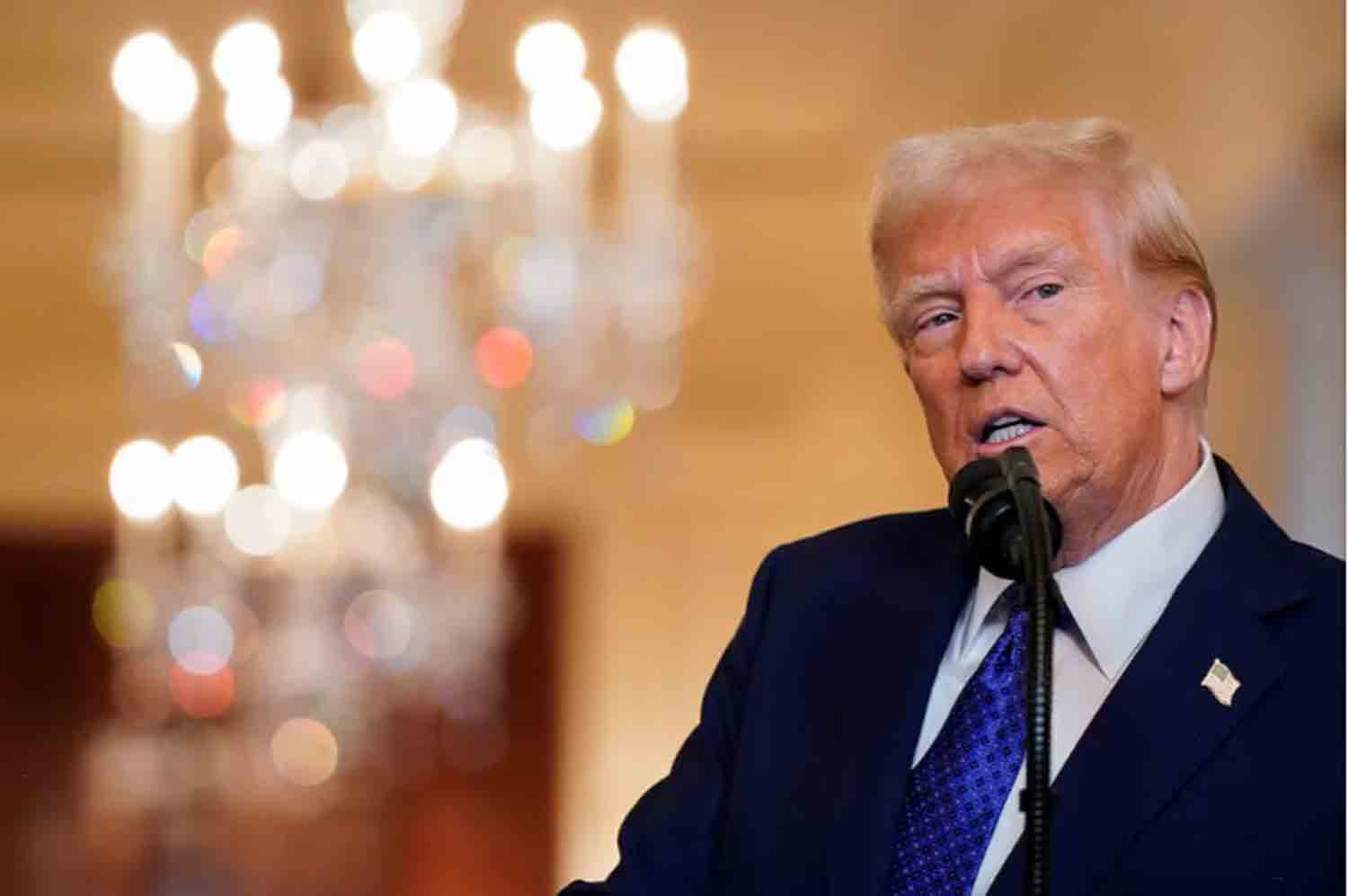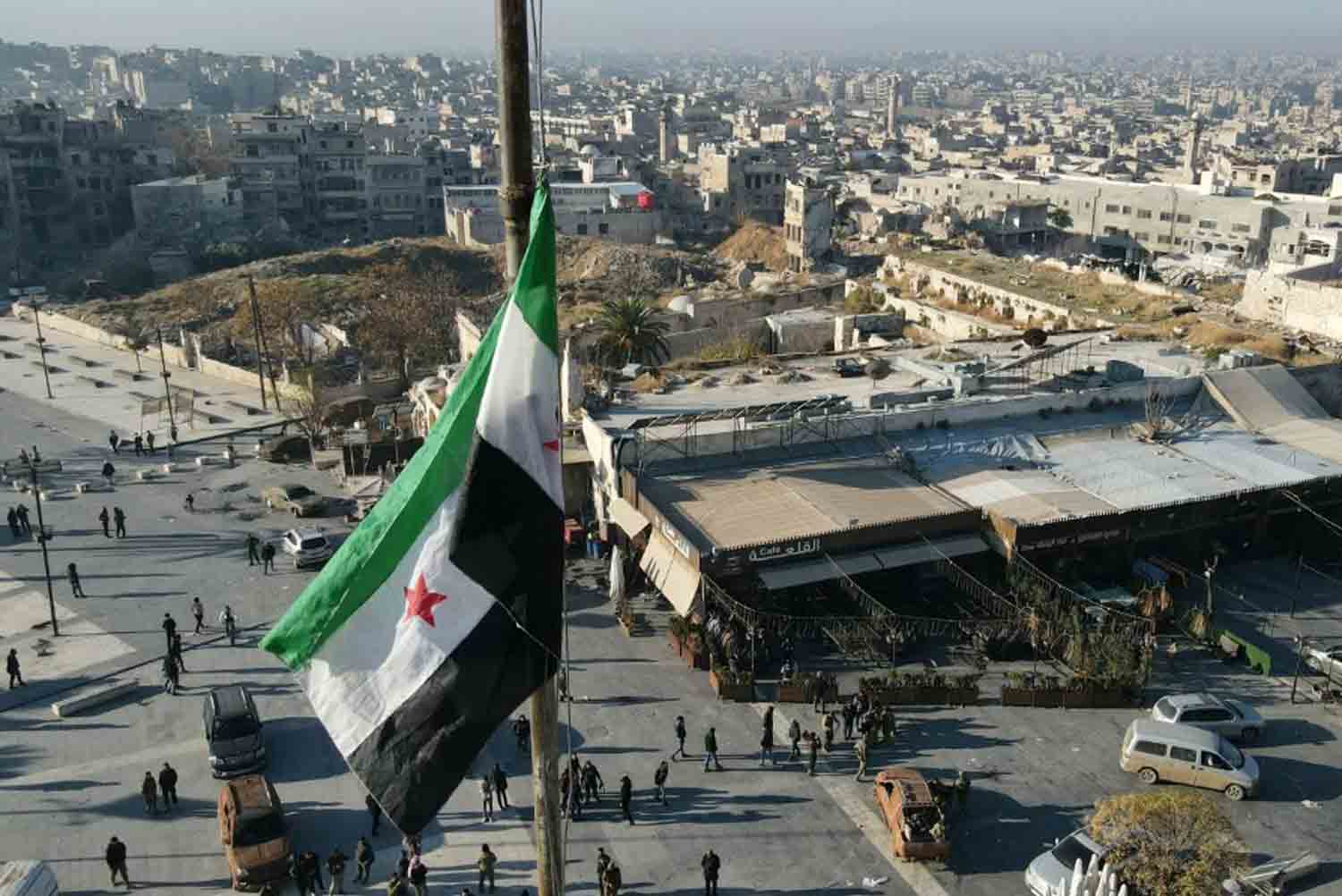On August 13, 2025, U.S. President Donald Trump participated in a virtual summit with European leaders and Ukrainian President Volodymyr Zelenskyy, organized by German Chancellor Friedrich Merz. The call was a strategic move ahead of Trump’s scheduled meeting with Russian President Vladimir Putin in Alaska on August 15, 2025, to discuss the Russia-Ukraine war. Below are the details, outcomes, and analyses based on available information.Details of the Video Call
- Participants: The summit included leaders from Germany (Friedrich Merz), France (Emmanuel Macron), the UK (Keir Starmer), Finland (Alexander Stubb), Italy (Giorgia Meloni), Poland (Donald Tusk), Ukraine (Volodymyr Zelenskyy), as well as EU representatives (Ursula von der Leyen) and NATO chief Mark Rutte. U.S. Vice President JD Vance also joined.
- Structure: The call was structured in phases:
- 2:00 p.m. (CET): European leaders, Zelenskyy, and NATO discussed strategy.
- 3:00 p.m. (CET): Trump and Vance joined for a one-hour discussion.
- 4:30 p.m. (CET): The “Coalition of the Willing” (Germany, UK, France, and other Ukraine supporters) held a follow-up call.
- Agenda: The discussions focused on:
- Pressuring Russia to agree to a ceasefire.
- Addressing territorial claims, particularly Trump’s suggestion of “land swaps” between Ukraine and Russia.
- Security guarantees for Ukraine to prevent further Russian aggression.
- The sequencing of potential peace talks to ensure Ukraine’s inclusion.
Context and Objectives
- European Concerns: European leaders were alarmed by Trump’s upcoming meeting with Putin, fearing that a U.S.-Russia deal could sideline Ukraine and Europe, potentially forcing Ukraine to cede territory (e.g., Donbas) to Russia. They emphasized that “international borders must not be changed by force” and that Ukraine must be central to any peace process.
- Zelenskyy’s Position: Zelenskyy rejected ceding Donbas, arguing it would serve as a Russian “springboard” for further offensives. He advocated for stronger sanctions on Russia and a full ceasefire without territorial concessions.
- Trump’s Stance: Trump described the call as a “listening exercise” to gather ideas before his Putin meeting, downplaying expectations of an immediate breakthrough. He reiterated his goal of ending the war quickly, hinting at possible “land swaps” but without clear details on what Russia might concede.
- Merz’s Role: The German Chancellor organized the call to ensure European voices were heard, stressing that territorial decisions could not be made “over the heads of Europeans and Ukrainians.” He urged Trump to impose tougher sanctions on Russia’s banking sector and trading partners.
Outcomes
- No Concrete Agreements: The call did not produce specific agreements, serving primarily as a platform for European leaders and Zelenskyy to lobby Trump. It underscored European unity behind Ukraine and their insistence on Kyiv’s inclusion in peace talks.
- Reaffirmation of Principles: EU leaders issued a statement emphasizing Ukraine’s right to self-determination and the inviolability of international borders. They welcomed Trump’s peace efforts but stressed that any deal must involve Ukraine and respect its sovereignty.
- Preparatory Steps: The call set the stage for further coordination, with European leaders planning to meet again before a special European Council meeting to discuss EU defense and Ukraine.
- Zelenskyy’s Diplomatic Push: Zelenskyy, in Berlin during the call, reported having over 30 conversations with world leaders that week, signaling intense diplomatic efforts to counter potential U.S.-Russia unilateralism.
Analyses
- European Anxiety: The call reflected deep European concerns about being marginalized in U.S.-Russia negotiations. Trump’s openness to “land swaps” and his administration’s Kremlin-receptive rhetoric (e.g., describing the war as something that “broke out” rather than an unprovoked invasion) heightened fears of a deal unfavorable to Ukraine and European security.
- Trump’s Motivations: Some analysts suggest Trump’s approach is driven by a desire for a high-profile diplomatic win, potentially prioritizing speed over substance. His ego and campaign promise to end the war “in 24 hours” may influence his push for quick resolutions, even if it means pressuring Ukraine to make concessions.
- Ukraine’s Leverage: Ukraine’s position is precarious, as it relies heavily on Western support. Zelenskyy’s insistence on sanctions and a ceasefire without territorial losses aims to strengthen Kyiv’s negotiating position, but Europe’s limited leverage over Trump complicates this.
- Geopolitical Implications: The call highlighted a shift from the unified U.S.-EU stance under the Biden administration. Trump’s willingness to engage Putin directly, coupled with comments from his team questioning Europe’s security commitments, suggests a fracturing of transatlantic unity. This could embolden Russia to pursue further aggression if a weak deal is struck.
- Symbolic Venue: The choice of Alaska for the Trump-Putin summit raised concerns, as it could allow Putin to frame territorial concessions as historically precedented (e.g., Russia’s sale of Alaska to the U.S.). This added to European unease about the optics and substance of the upcoming talks.Conclusion
Discover more from Defence Talks | Defense News Hub, Military Updates, Security Insights
Subscribe to get the latest posts sent to your email.





